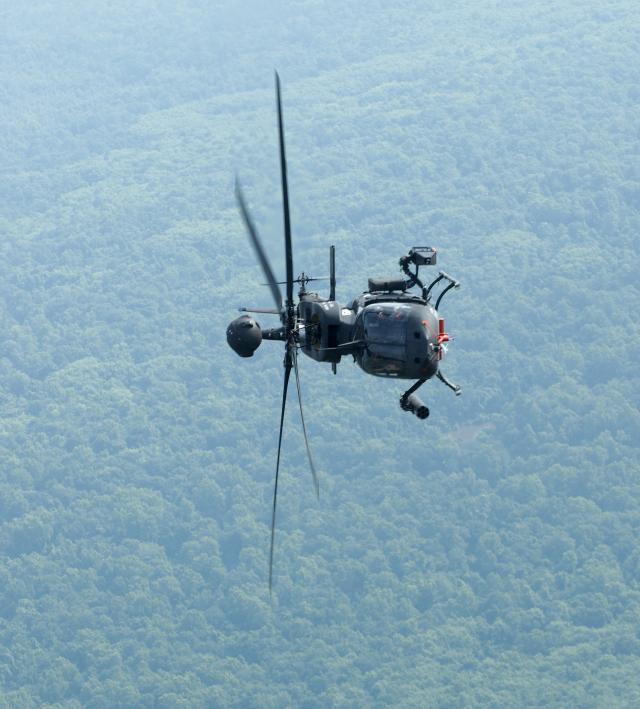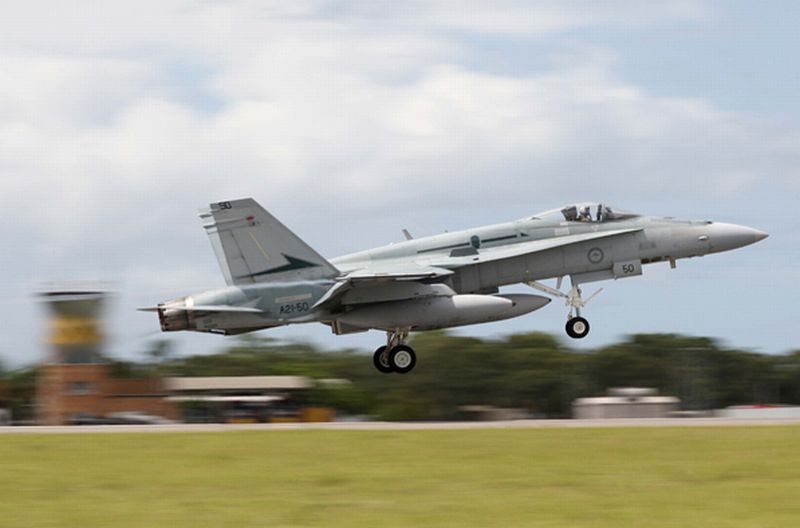The U.S. Army has been seeking a successor to the OH-58 Kiowa reconnaissance helicopter for over a decade, and it has been a frustrating experience. The first attempt, called the RAH-66 Comanche, was canceled after it ran up $7 billion in development bills on a design that was too costly and complicated.
The Army then tried a lower-cost approach designated the ARH-70 Armed Reconnaissance Helicopter that also came to grief. So now it is starting over for a third time, at a moment when the budgetary outlook is quite bleak.
Is a new start really necessary? The existing OH-58D Kiowa helicopter is already receiving a series of cockpit and sensor upgrades that will keep it operationally relevant for the next two decades, and its performance in overseas contingencies has been exemplary. Kiowa is the most heavily requested close-air-support aircraft in theater, sustaining the highest operational tempo of any rotorcraft (over a hundred flight hours per month in some cases), and yet its mission-capable rate is above 85 percent.
It appears the Army already has a winner operating in the armed reconnaissance role, and for the relatively modest sum of $2 billion, it will be able to afford all the items needed to upgrade it to a more capable “F” variant. So why risk repeating the RAH-66 or ARH-70 experience with a new start at a time when the budget knives are out for any program that begins to falter? Wouldn’t it make more sense to stick with a proven design and simply extend the current upgrade program to the airframe and engines?
Army maintenance and training systems are already set up to support Kiowa, so by sticking with the OH-58 the service can avoid many of the sustainment costs associated with introducing a new airframe. More importantly, though, it can get enhanced warfighting capabilities to the deployed force quickly without incurring all the risks associated with developing and integrating a new armed reconnaissance rotorcraft. It’s going to be hard enough to keep other investment programs like the Ground Combat Vehicle and Joint Light Tactical Vehicle on track, without introducing a new competitor for R&D dollars.
Sticking with Kiowa is the cheapest, most reliable way of making sure the armed reconnaissance mission can be accomplished for the next quarter-century. Considering what the Army’s acquisition system has been through over the last decade — and what its budget system will go through in the decade ahead — upgrading Kiowa looks like a very attractive option.










